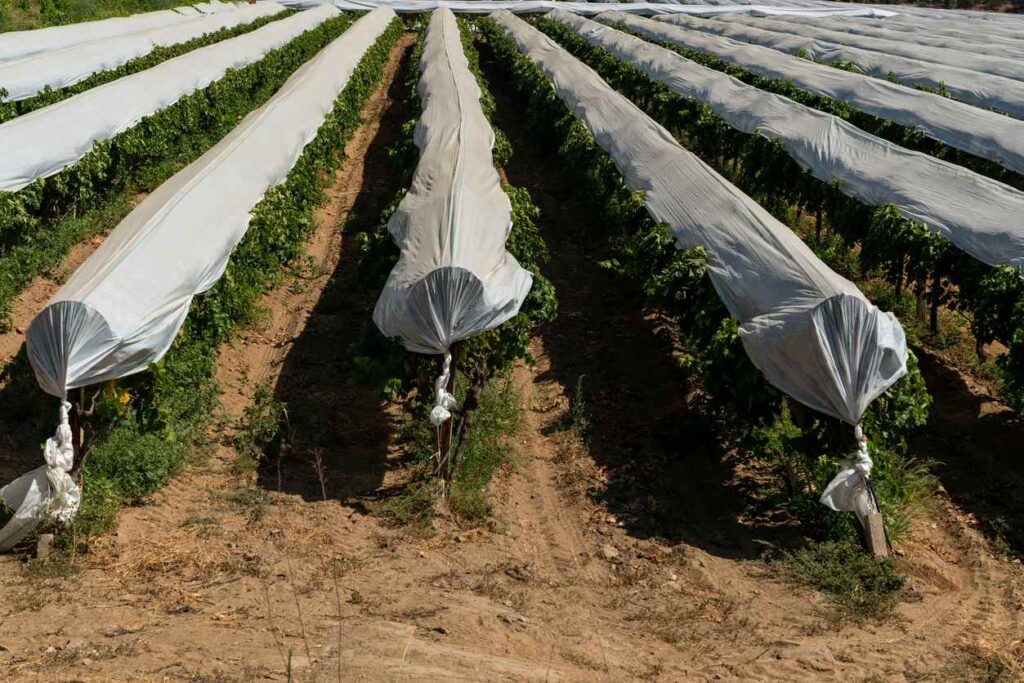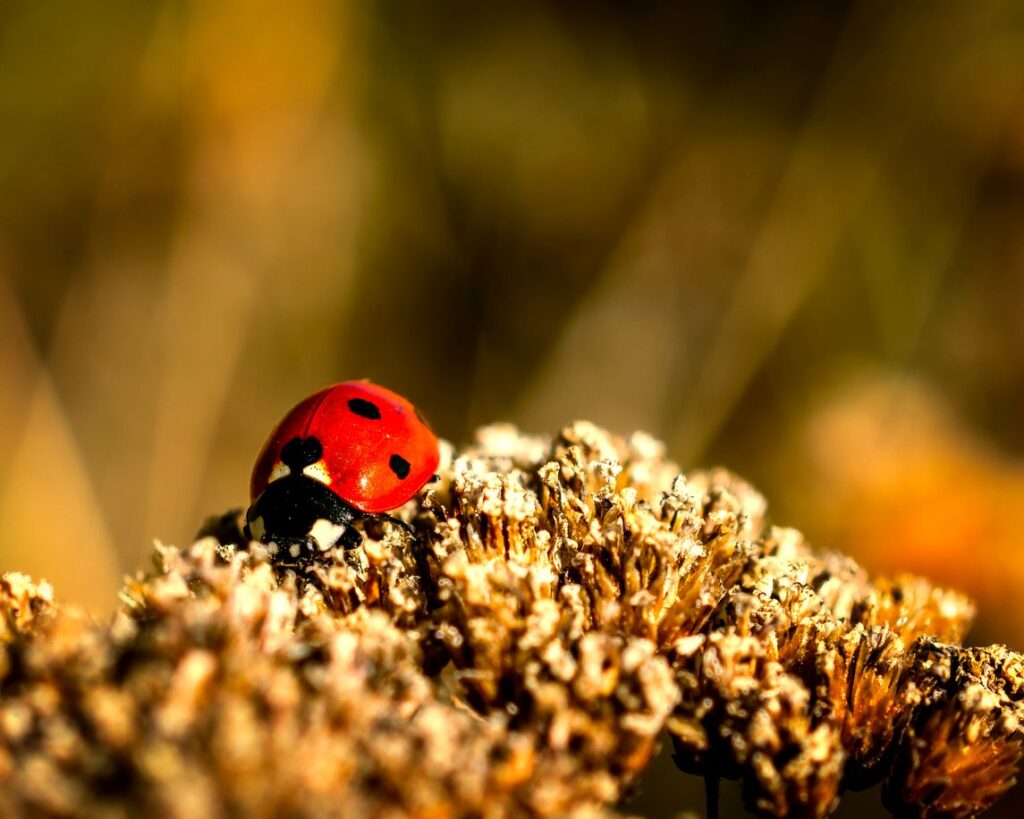Mastering Fall Vegetable Garden Pest Control in California
You love your garden, but you’re not alone. As the temperatures fall, insects and rodents emerge to make your vegetable garden their next meal. Before these pests make their presence permanent, let’s get up to speed on the best strategies for fall pest control for gardens to keep your produce pristine and ready to be picked by the end of the season.
Seasonal Pest Problems in California
Throughout the year, different groups of pests emerge to exploit the changing conditions of the season. Winter often sees pests seeking warmth indoors, while spring brings a surge of activity as insects awaken and breed. Summer pests thrive in the heat, feasting on your flourishing plants. However, fall can be the most challenging season for gardeners. As temperatures drop, pests such as insects and rodents seek new sources of food, water, and shelter as their existing supply runs scarce. This is when your garden, with its bounty of vegetables and ornamental plants, becomes a prime target.
During fall, the combination of residual summer warmth and the first chills of approaching winter makes your garden particularly appealing to these hungry invaders. Insects like aphids and caterpillars and mammals such as gophers and rats are drawn to the reliable food source your garden offers, which could lead to a broader infestation. Once they find your grow bed, your bedroom could be next.
Why Fall Pests Target Your Garden
Fall’s cooler temperatures and shorter days make your garden appealing to a range of California pests, including:
- Leaf-cutter ants. These pests are notorious for stripping plants bare as they carry tiny pieces of leaves back to their nests.
- Cutworms. These caterpillars attack plants at their base, severing stems and causing significant damage. Note: Brooks Pest does not guarantee to treat cutworms.
- Snails and slugs. These mollusks thrive in the damp conditions of fall. Despite their small stature, they have insatiable appetites and will eat any leafy material they can find, making them a threat to everything you plant.
- Ants. They can exacerbate pest problems by farming sap-sucking aphids for their honeydew, which increases aphid populations and the subsequent damage to your plants.
Rodents such as gophers and mice also find your garden appealing during the fall. Gophers, in particular, can cause extensive damage through their tunneling activities, which uproot plants and damage their root structure. All these pests are a threat year-round, but when cooling temperatures and a reduced food supply make them desperate, the risk of infestation in your garden and home is greatly elevated.
Can Garden Pests Come Indoors?
Yes, and it is likely that they will. Your home provides a reliable source of water through pipes that pests such as cockroaches and earwigs can access via gaps, cracks, or leaks. The food stored in your cabinets offers a stable nutrient source, and a single ant can alert its colony to the presence of food through a pheromone trail, quickly leading to an infestation.
On top of that, your home is warm, which is crucial for both coldblooded insects and warm-blooded pests like rodents seeking insulation for winter survival. In general, the amenities that make your home comfortable for you and your family also make it a more appealing target for pests.
So what can you do? While turning off your water and heating is not an option, there are preventive measures you can take.
Preventing Garden Pests This Fall
There is no single right way to protect your garden, but there are multiple effective approaches. Regardless of what you’ve planted, keeping your garden healthy should always be your first step in pest management. Healthy plants have stronger natural defenses and can recover more easily from pest damage. Regular watering, proper fertilization, and timely pruning can help maintain their vitality and resilience against fall pests until the weather shifts toward colder winter temperatures.
Effective Garden Pest Barriers

Barriers, designed to physically separate pests from plants, are an excellent and straightforward way to keep hungry bugs away from your garden. Insect mesh or floating row covers can prevent most pests from reaching your crops, and we recommend you allow these covers to rest on the plants themselves for support. Secure the edges to prevent pests from entering at the soil level. This simple barrier helps protect your garden, particularly against the abundance of caterpillars found across California in the fall.
Beneficial Bugs and Companion Planting
Nature provides its own pest control, and you can harness it through beneficial insects and companion planting. Ladybugs, lacewings, and parasitic wasps are valuable allies in your garden. Ladybugs prey on aphids and mites, lacewings consume caterpillars, and parasitic wasps target various harmful pests. So try attracting these beneficial insects by planting nectar-rich flowers like marigolds, dill, and yarrow.
Companion planting is another effective strategy. Planting certain herbs and flowers alongside your vegetables can repel pests and attract beneficial insects. For example, the same marigolds you use to attract friendly insects like ladybugs can deter pests like nematodes, while basil can repel flies and mosquitoes that are deterred by its scent.
More Fall Pest Control Tips

General upkeep and garden maintenance can work wonders for the health of your garden. In the fall and throughout the year, we recommend you:
- Inspect your garden regularly for early signs of pest activity.
- Remove dead leaves and debris where pests can hide.
- Use organic mulch to discourage soil-dwelling pests.
- Keep garden beds weed-free to reduce competition for resources.
- Rotate crops annually to prevent soil-borne pest buildup.
- Install bird feeders to attract pest-eating birds.
- Water in the morning to keep plants dry and less attractive to pests.
Brooks Can Help You Keep Your Garden Protected
Despite your best efforts, the most persistent pests can still invade your garden. When home methods are not enough, Brooks Pest Control is here to help with our industry-leading equipment and expert approach.
Contact us today to schedule a free consultation and keep your garden flourishing all fall.